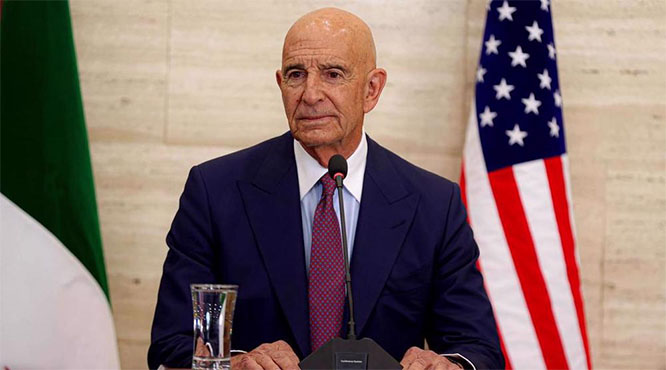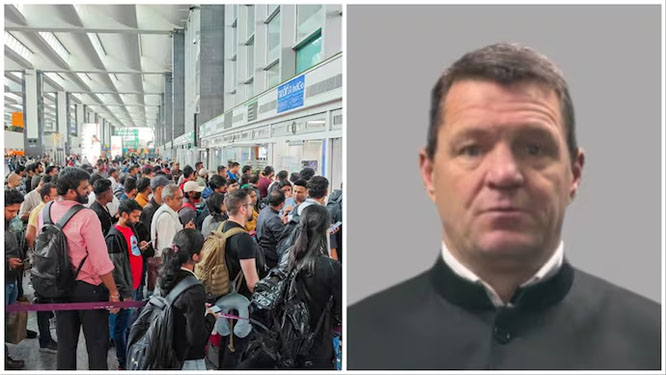
New Delhi: Prime Minister Narendra Modi inaugurated the Atal Bihari Vajpayee Sewri-Nhava Sheva Atal Setu today. The Mumbai Trans Harbour Link has been built at a cost of ₹ 17,840 crore and is the longest sea bridge in the country.
In December 2016, PM Modi laid the foundation stone of the bridge. Marking the historic milestone in India's infrastructure development, the name Atal Setu also honours the former Prime Minister Atal Bihari Vajpayee.
The Atal Setu is a 21.8-kilometre-long bridge that connects Sewri in Mumbai and the Nhava Sheva area in Raigad district.
The 6-lane bridge has a 16.5 km stretch over the sea and about 5.5 km on land. The conceptualisation of this bridge was made six decades ago with the aim of connecting Mumbai's Sewri to Raigad's Chirle.
With the help of the country's longest bridge, the journey between the two locations will be shortened from the current two hours to around 15-20 minutes.
What's allowed
The maximum speed limit for four-wheelers on the Mumbai Trans Harbour Link (MTHL) will be 100 kmph.
The maximum speed limit for vehicles like cars, taxis, light motor vehicles, minibuses and two-axle buses is 100 kilometres per hour.
On the ascent and descent of the bridge, the speed will be restricted to 40 kilometres per hour.
What's not allowed
The police, on Wednesday, informed that motorbikes, auto rickshaws and tractors won't be allowed on the sea bridge, the police said on Wednesday. There will also be no entry for vehicles like motorcycles, mopeds, three-wheelers, animal-drawn vehicles and slow-moving vehicles.
Multi-axle heavy vehicles, trucks and buses heading towards Mumbai won't have an entry on the Eastern Freeway.
These vehicles will have to take the Mumbai Port-Sewri Exit (Exit 1C) and use the MBPT Road near 'Gadi Adda' for further movement.
An official informed that the Mumbai police have imposed the speed limit on India's longest sea bridge to curb "danger, obstructions and inconvenience to the public.”
Key points
1. Building the Atal Setu aims to improve connectivity in the Mumbai Metropolitan Region – Mumbai, Thane, Palghar and Raigad.
2. According to the Mumbai Metropolitan Region Development Authority (MMRDA), the travel time between Sewri and Chirle will now be reduced from 61 minutes to less than 20 minutes.
3. It will provide faster connectivity to Mumbai International Airport and Navi Mumbai International Airport and reduce travel time from Mumbai to Pune, Goa and South India. It will also improve connectivity between Mumbai Port and Jawaharlal Nehru Port.
4. Travellers will be charged ₹250 for a one-way toll for the bridge. The charges for the return journey and frequent commuters will vary.
5. The toll charge may be revised after a year following a review.
6. The maximum speed limit for four-wheelers has been kept at 100 km/hour. Two-wheelers, tractors and autorickshaws would not be allowed on the bridge.
7. Nearly 70,000 vehicles are expected to run across the bridge daily.
8. The bridge weighs 17 times the weight of the steel used in the construction of the Eiffel Tower.
9. Apart from reducing the travel time, the actual potential of the Atal Setu will be unveiled after the completion of projects including the Eastern Freeway-Marine Drive tunnel, Sewri-Worli elevated corridor, Chirle-Palaspe connection with the Mumbai-Pune Expressway, as well as the Navi Mumbai international airport.








Comments
Add new comment